The deep sea has always been a realm of mystery, harboring creatures that defy our imagination. Among these enigmatic beings, the giant squid stands out not only for its elusive nature but also for its astonishing anatomy—particularly its basketball-sized eyes. These massive orbs, the largest in the animal kingdom, have long puzzled scientists and fascinated ocean enthusiasts alike. What purpose could such enormous eyes serve in the perpetual darkness of the abyss? The answer, as it turns out, is as fascinating as the creature itself.
The giant squid, Architeuthis dux, is a legendary denizen of the deep, rarely seen alive in its natural habitat. Its eyes, measuring up to 10 inches in diameter, are evolutionary marvels tailored for survival in one of Earth’s most hostile environments. Unlike the eyes of shallow-water species, which rely on abundant light, the giant squid’s eyes are optimized for detecting the faintest traces of bioluminescence—a critical adaptation in a world where sunlight never penetrates. These eyes are not just large; they are sophisticated biological instruments, capable of discerning shapes and movements in near-total darkness.
Scientists believe the squid’s enormous eyes evolved primarily to spot its greatest predator: the sperm whale. In the depths, where light is scarce, the faint glow of bioluminescent organisms disturbed by a passing whale could be the only warning of an approaching threat. By detecting these subtle light changes, the giant squid gains precious seconds to evade capture. Conversely, the same visual acuity may aid the squid in hunting its own prey, such as deep-sea fish and smaller squid, which often emit bioluminescent signals. The eyes, in essence, are a dual-purpose tool for both survival and predation.
But size isn’t the only remarkable feature of these eyes. The giant squid’s retinas contain a high concentration of light-sensitive cells, far exceeding that of most other animals. This density allows the squid to amplify even the dimmest light, turning the abyss into a navigable space. Additionally, the structure of its eyes minimizes distortion, ensuring that the faintest glimmers are rendered with startling clarity. It’s a visual system honed by millions of years of evolution, perfectly attuned to the demands of deep-sea life.
The rarity of giant squid sightings has made studying these creatures a formidable challenge. Most of what we know comes from specimens hauled up by fishermen or washed ashore, often in poor condition. However, recent advances in deep-sea exploration technology, such as remotely operated vehicles (ROVs) and specialized cameras, have allowed researchers to observe giant squids in their natural habitat. These encounters have provided invaluable insights into their behavior, including how they use their colossal eyes to navigate and interact with their environment.
One of the most thrilling breakthroughs came in 2012, when a team of scientists and filmmakers captured the first-ever footage of a live giant squid in its deep-sea home. The footage, shot near Japan’s Ogasawara Islands, revealed the animal’s eerie grace and the unmistakable gleam of its enormous eyes. This milestone not only confirmed long-held theories about the squid’s behavior but also underscored the importance of its visual prowess in the deep ocean’s perpetual night.
The giant squid’s eyes also raise intriguing questions about the limits of evolution. Why haven’t other deep-sea creatures developed similarly massive eyes? The answer may lie in the squid’s unique ecological niche. As a large, active predator engaged in a high-stakes evolutionary arms race with the sperm whale, the squid’s survival hinges on its ability to detect and respond to threats with unparalleled speed. For smaller or less mobile deep-sea organisms, such extreme adaptations may not be necessary, making the giant squid’s eyes a singular marvel of natural selection.
Beyond their biological significance, the giant squid’s eyes have captured the human imagination for centuries. Ancient mariners’ tales of monstrous sea creatures with saucer-like eyes likely drew inspiration from encounters with these elusive giants. Today, they continue to inspire awe, serving as a reminder of how much remains unknown about the deep ocean. Each new discovery peels back another layer of mystery, revealing the astonishing adaptations that enable life to thrive in the planet’s most inaccessible corners.
As technology advances and deep-sea exploration becomes more sophisticated, we can expect to uncover even more secrets about the giant squid and its extraordinary eyes. These discoveries will not only deepen our understanding of marine biology but also highlight the importance of preserving the fragile ecosystems of the deep ocean. For now, the giant squid remains one of the ocean’s most captivating enigmas, a creature whose basketball-sized eyes symbolize the enduring allure of the unknown.
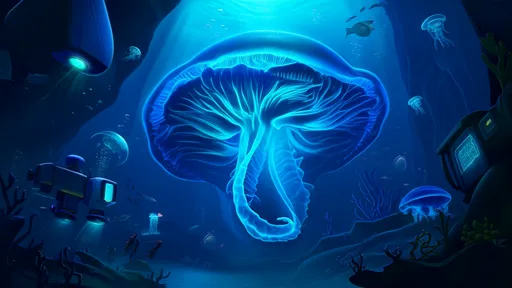
By /Jun 10, 2025

By /Jun 10, 2025
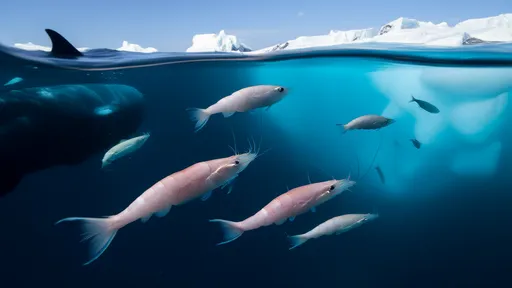
By /Jun 10, 2025
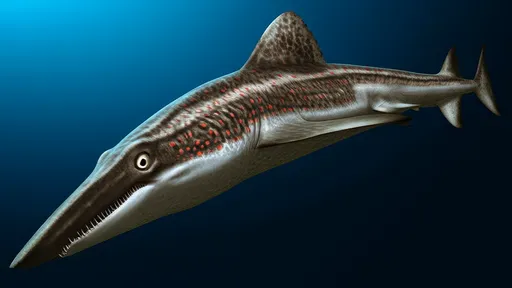
By /Jun 10, 2025
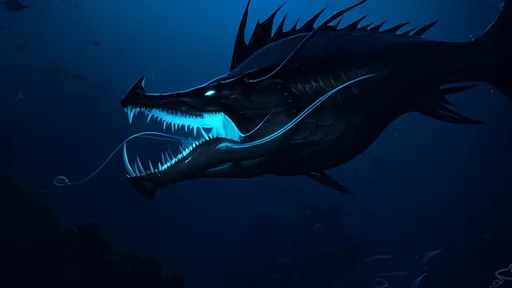
By /Jun 10, 2025
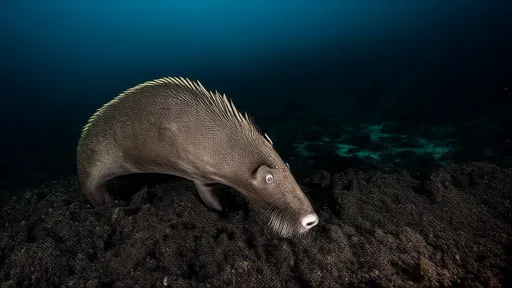
By /Jun 10, 2025
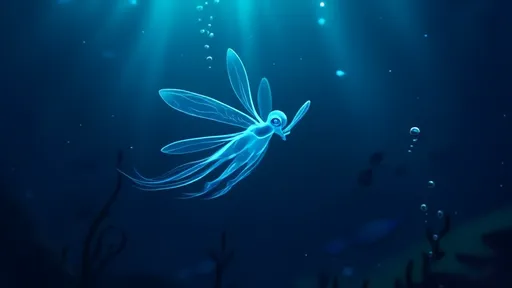
By /Jun 10, 2025
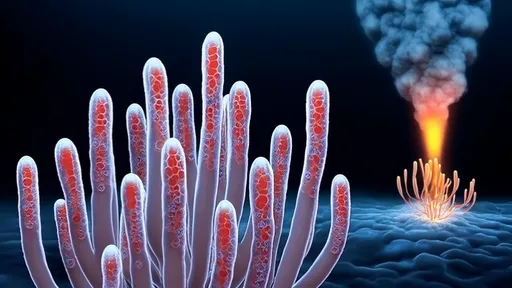
By /Jun 10, 2025
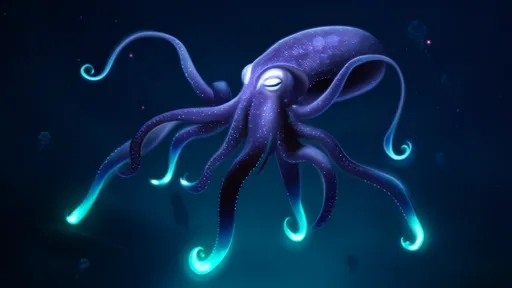
By /Jun 10, 2025
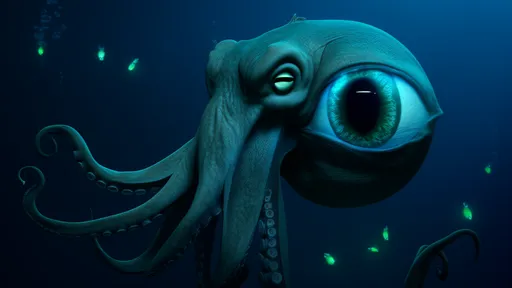
By /Jun 10, 2025
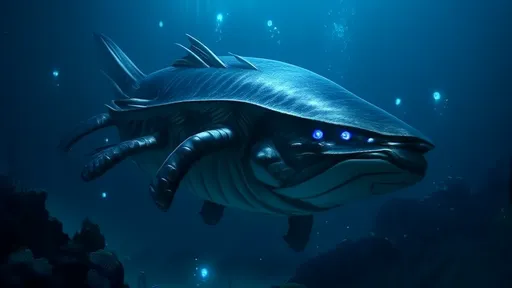
By /Jun 10, 2025
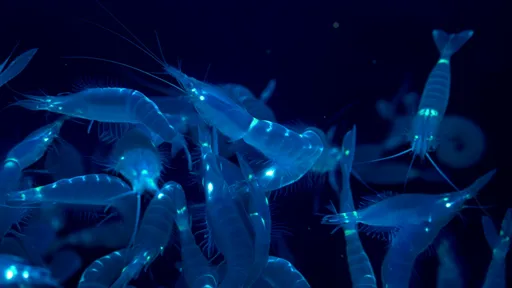
By /Jun 10, 2025
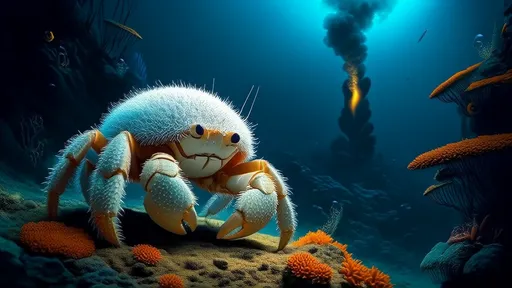
By /Jun 10, 2025
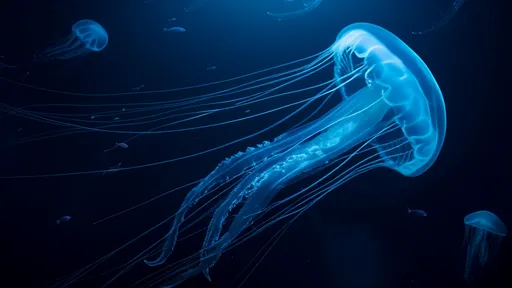
By /Jun 10, 2025
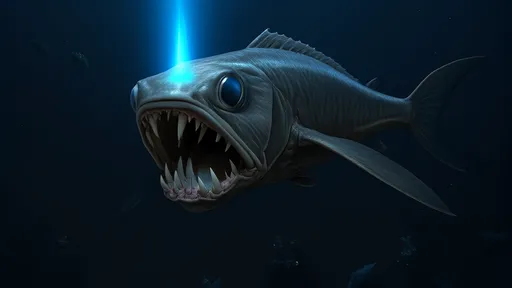
By /Jun 10, 2025